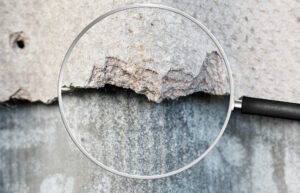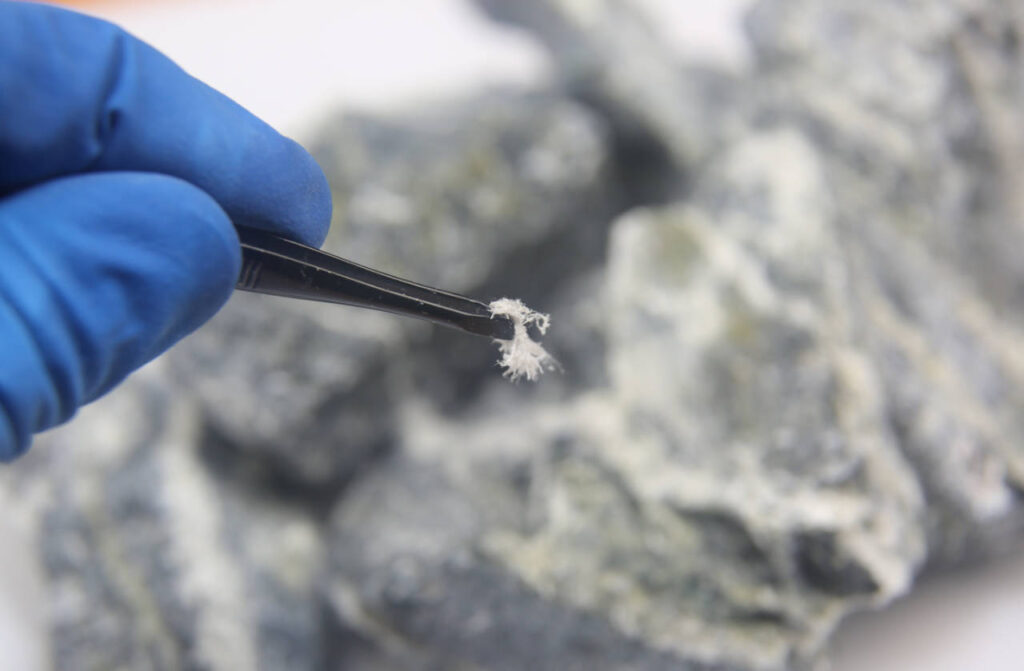Asbestos Survey: Navigating Risks in Building Materials (1930s-1980s)
Asbestos, a once-ubiquitous material in building construction, held sway in various products from the 1930s to the 1970s. Found in building materials, mastics, drywall texture, joint compounds, and vinyl products, asbestos use faced restrictions in the 1970s and 1980s. If your building or home was constructed during this era, HTX Consulting Services recommends a thorough asbestos survey before renovations, adhering to EPA regulations.
Frequently Asked Questions About Asbestos
Explore our detailed FAQ section to find answers to common queries about Asbestos. We’ve got you covered with expert insights from preventative maintenance to understanding the building health implications.
(a) General. Building owners are required to inform all persons in writing, or document oral communication between the owner (or their authorized representative) and those who perform any type of maintenance, custodial, renovation, or demolition work, of the presence and location of asbestos-containing building materials (ACBM) prior to the start of any asbestos-related activity.
(1) Demolition and/or renovation of a facility or commercial building. Before performing any demolition or renovation activity in a facility or commercial building, building owners or operators shall ensure that all friable asbestos-containing material (ACM) or asbestos-containing materials which may become friable (i.e. Category II nonfriable ACM) are inspected and abated in accordance with 40 CFR Part 61, Subpart M. https://www.dshs.texas.gov/
Asbestos is a naturally occurring mineral known for its heat resistance, strength, and insulating properties. It has been widely used in construction materials, but its microscopic fibers can cause serious health issues if inhaled.

Asbestos was used in various construction materials like insulation, roofing, flooring, and pipes due to its heat-resistant and insulating properties. Its fibers were mixed with other materials to strengthen and fireproof them.
Asbestos exposure can lead to diseases like asbestosis, lung cancer, mesothelioma, and pleural plaques. These conditions often develop after prolonged exposure and inhalation of asbestos fibers.
Exposure can happen during the demolition or renovation of buildings containing asbestos materials. Disturbing these materials releases asbestos fibers into the air, which, when inhaled, can lead to health problems.
No, there is no safe level of asbestos exposure. Even minimal exposure to asbestos fibers can pose health risks. Therefore, all exposure should be avoided whenever possible.
Identifying asbestos materials requires professional testing. If your home was built before the 1980s, assume materials like insulation, popcorn ceilings, or certain floor tiles may contain asbestos and consult experts for testing.
Yes, but it should only be done by licensed asbestos removal professionals. They follow strict safety protocols, including proper containment, air filtration, and disposal, to ensure safe removal.
Yes, there are strict regulations governing asbestos removal and disposal. These regulations vary by location but generally require licensed professionals to handle asbestos removal and ensure safe disposal in designated facilities.
Regularly inspect your home for damaged asbestos-containing materials. Avoid DIY removal; instead, hire licensed professionals. Additionally, educate your family about the risks and preventive measures related to asbestos exposure to ensure everyone’s safety.

Looking For Professional Asbestos Inspection or Assessment?
Contact Us Today!
Discover how HTX Consulting can help you achieve a healthier and safer indoor environment.

